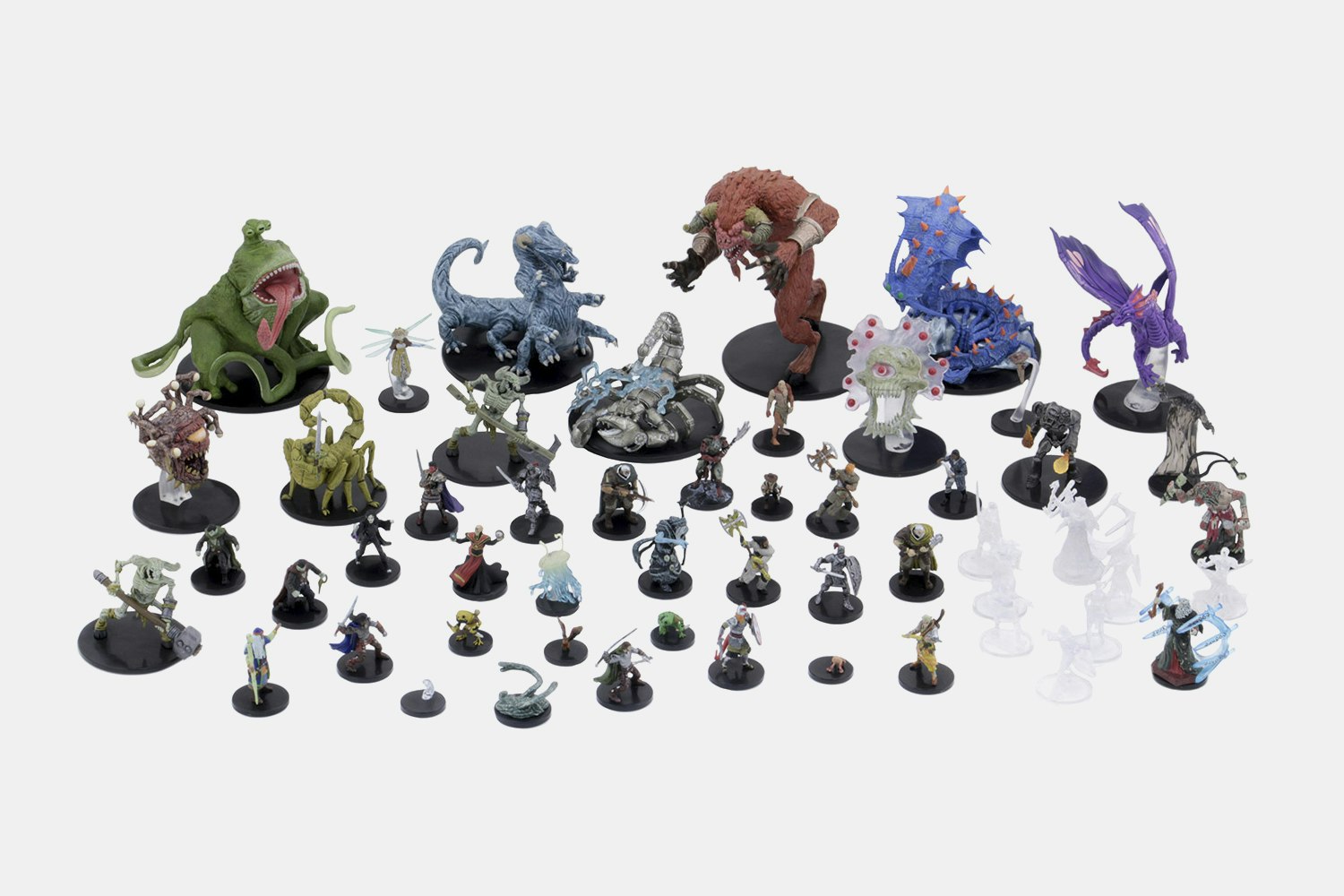


It’s also a continuous spell, which means it requires the archmage to drop stoneskin. Wall of force is a marvelous way to keep an entire party of PCs at bay.Scrying is a nothingburger during combat.This spell is boostable, but the archmage doesn’t have higher-level spell slots available to boost it with. The archmage has to cast this one early, because of the shape of the spell’s area of effect: as we saw when analyzing the beholder, it’s easier to catch a whole bunch of enemies in a roughly 60-degree arc when they’re far from you and generally all in the same direction than when they’re surrounding you up close. Cone of cold is a good way to whack around half a dozen enemies with 8d8 cold damage in a single shot.A sound conclusion is that the archmage makes the switch as soon as he or she is dealt more damage over the course of a single round by low- to mid-level spells than by nonmagical weapon hits-which means you as the dungeon master need to keep track of both, separately. And the archmage can’t really make this calculation until he or she sees what the player characters can dish out. This requires the archmage to calculate who’s capable of inflicting greater damage: spellcasters slinging low- to mid-level combat spells or ranged and melee foes wielding nonmagical weapons. Globe of invulnerability blocks any spell of 5th level or below, with the opportunity cost of having to drop stoneskin.In fact, since it can only transport willing subjects and/or inanimate objects, escape is the only combat application for this spell. It also has the obvious application of enabling a high-speed getaway, but. Time stop is a doozy, allowing the archmage to take 1d4 + 1 turns in a row, uninterrupted-but only if none of those actions affects anyone else! As a way of supercharging the archmage’s damage, it’s a dud, but as a way of giving him or her time to set up various defenses, it has promise.He or she has to cast the right spell at the right time, every time. Therefore, the archmage can’t exploit clever combinations to optimize his or her efficacy.
#Mage drops dnd full
(No shield!) Everything except this and misty step requires a full action to cast. Speaking of action economy, what about spells cast as reactions? The archmage has only one: counterspell.
#Mage drops dnd plus
The archmage’s action economy doesn’t leave room for tactical combinations more elaborate than misty step plus fire bolt. I’m going to plant my flag and say there’s no situation in which it makes sense to drop stoneskin for scrying, even though that spell allows a caster to shoot a spell around a corner. If that’s not an oversight on the part of the writers, it means that the archmage has to consider very carefully whether dropping stoneskin to cast another sustained spell makes sense in any given situation. And that means that the archmage can lose his or her resistance to physical damage from nonmagical weapons in the midst of combat.

That means that the archmage has to drop it in order to cast globe of invulnerability, scrying, wall of force, banishment or fly. “Nolwenn an Gwrach, Supra-genius!”)įunny thing about that stoneskin spell, by the way: It requires concentration.

(How does the archmage know to combat is about to begin? Dude, 20 Intelligence. And mind blank, according to the MM, is pre-cast before combat begins-along with mage armor and stoneskin-so that slot isn’t even available. What it means for us is that those four slots are reserved exclusively for the archmage’s four highest-level spells: time stop, mind blank, teleport and globe of invulnerability. I assume this was to simplify an already extremely complicated and powerful enemy. The mage’s spells topped out at 5th level, but the archmage’s go all the way up to 9th, with only one slot each of the top four levels. All other things being equal, the archmage’s primary impulse is to shut you down.
#Mage drops dnd manual
Mechanically, that doesn’t mean much, since Magic Resistance is the only abjuration feature the Monster Manual gives the archmage still, this inference adds a dash of flavor to our archmage’s personality. We can also determine, by reading between the lines, that the archmage is a wizard of the abjuration school, because Magic Resistance is a feature that abjuration wizards obtain at level 14. Strap in.Īs with the mage, the archmage’s ability scores imply an aversion to melee combat, a strong self-preservation impulse, and a strategically and tactically savvy view of the battlefield. The mage was complicated the archmage, even more so.


 0 kommentar(er)
0 kommentar(er)
